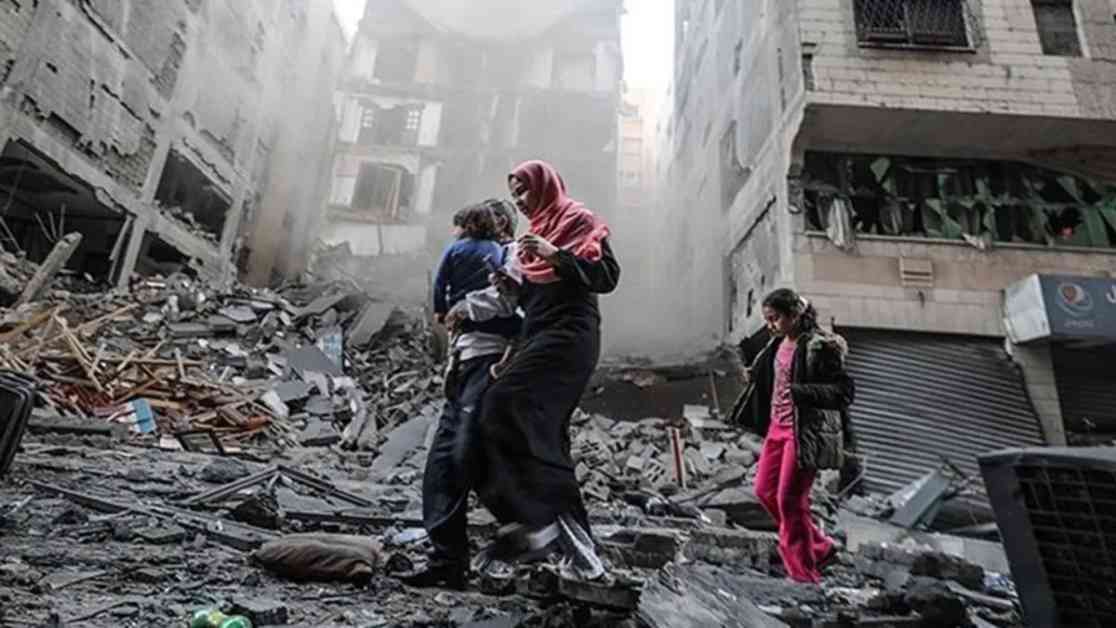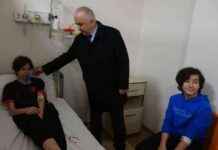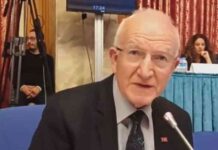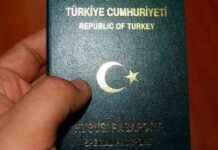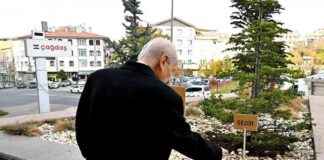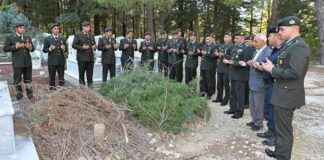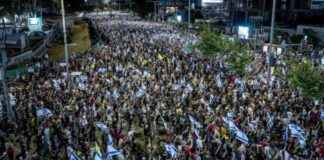Israel has accepted a temporary ceasefire proposal in the Gaza Strip during the month of Ramadan and Pesach holiday, as suggested by Steve Witkoff, the US representative for the Middle East. The plan involves the release of half of the Israeli captives in Gaza on the first day.
The Israeli Prime Minister’s Office announced that Prime Minister Benjamin Netanyahu, along with Defense Minister Yisrael Katz, top military commanders, and negotiation team, held a security meeting to discuss the outline of the plan. According to the proposal, on the first day of the ceasefire, half of the Israeli captives in Gaza will be released, either alive or deceased, with the potential for the release of the other half if a permanent ceasefire is achieved.
In a statement, it was mentioned that Witkoff’s plan aimed to extend the ceasefire, as existing conditions did not allow for a final agreement to end the war, necessitating more time for negotiations towards a long-term ceasefire. The plan also gave Israel the right to resume hostilities after 42 days if negotiations did not progress further, despite accepting the US proposal to free captives for the purpose of rescue.
Hamas, the Palestinian militant group, had yet to accept the plan, as per the statement. However, it was emphasized that if Hamas changed its stance and accepted Witkoff’s plan, Israel would immediately engage in negotiations to discuss the details of the proposal. No response had been received from Hamas regarding Israel’s announcement, and there was no official statement from mediators Egypt and Qatar or Witkoff.
The ceasefire and prisoner exchange agreement between Hamas and Israel had come into effect on Sunday, January 19, at 12:15 PM GMT. Under the agreement, on Monday, January 27, the Netzarim Corridor in the Gaza Strip was opened for Palestinians to move from south to north, and the Israeli army withdrew from the corridor on February 9. Additionally, the Rafah Border Crossing between Gaza and Egypt was opened on February 1 for the evacuation of sick and injured individuals after an eight-month Israeli occupation.
During the first phase of the prisoner exchange agreement, over 1,700 Palestinian prisoners in Israeli jails were released, while 33 Israeli captives, 25 alive and 8 deceased, were handed over in Gaza. Furthermore, five Thai captives in Gaza were also set free. The initial 42-day phase of the ceasefire and prisoner exchange in Gaza concluded yesterday.
The ceasefire proposal suggested by Steve Witkoff, the US representative for the Middle East, has been accepted by Israel for the duration of Ramadan and the Pesach holiday in the Gaza Strip. The plan includes the release of half of the Israeli captives in Gaza on the first day of the ceasefire. Israel’s Prime Minister Benjamin Netanyahu, along with Defense Minister Yisrael Katz, top military officials, and a negotiation team, convened for a security meeting to discuss the details of the proposal. Witkoff’s plan aims to extend the ceasefire as current conditions do not allow for a final agreement to end the war. If negotiations do not progress, Israel reserves the right to resume hostilities after 42 days, despite accepting the US proposal. Hamas has yet to accept the plan, but Israel stands ready to engage in negotiations should Hamas choose to comply. The ceasefire and prisoner exchange agreement between Hamas and Israel began on January 19 and concluded its 42-day first phase yesterday.

